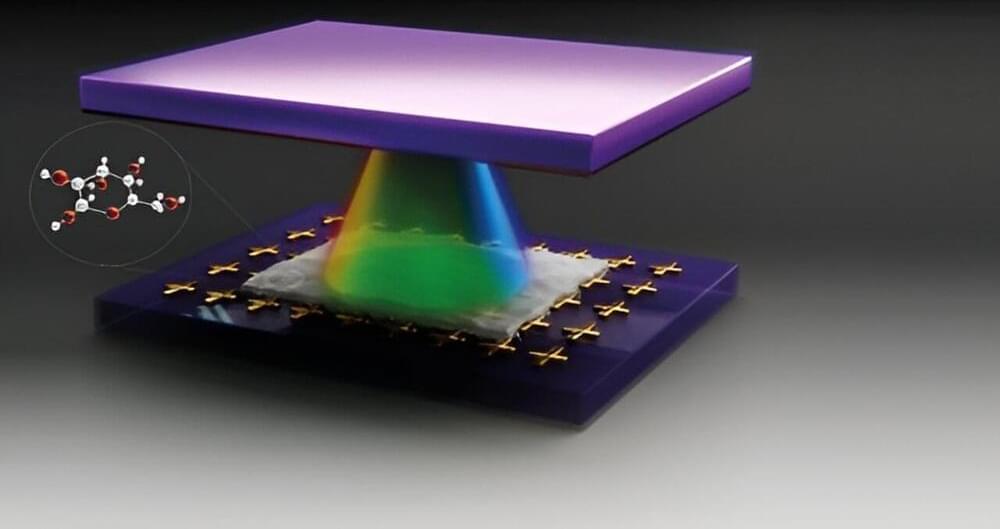What can a picture from space tell you? “You’re likely to have a drought here that might lead to civil unrest.”


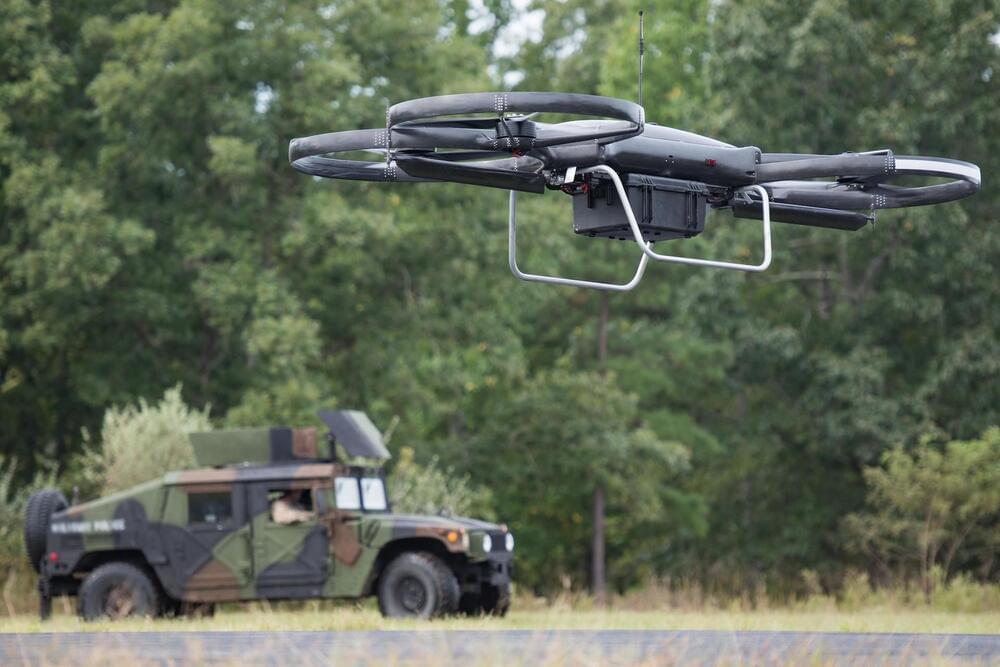
However, the White House Office of Management and Budget said in a statement of policy on Tuesday: “The Administration strongly opposes Section 924, which would establish a Drone Corps as a basic branch of the Army. A Drone Corps would create an unwarranted degree of specialization and limit flexibility to employ evolving capabilities. Further, the Secretary of the Army already has the authority to create branches, as needed, and creating a branch through legislation would detract from the Army’s flexibility in addressing current and future requirements.” The statement included a list of concerns about various items in the House version of the NDAA that it finds objectionable.
Senior Army officers have also come out against the proposal.
It reads. It talks. It collates mountains of data and recommends business decisions. Today’s artificial intelligence might seem more human than ever. However, AI still has several critical shortcomings.

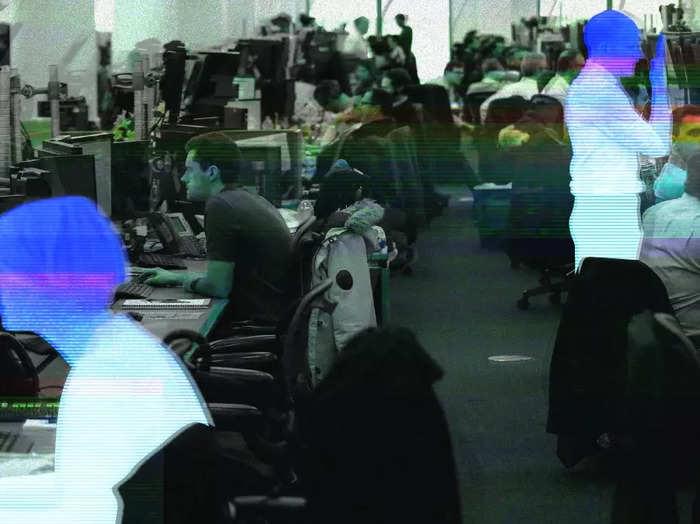

In a much-anticipated debate, prominent aging researchers Aubrey de Grey and Peter Fedichev presented their competing, but also overlapping, theories.
When the non-profits Foresight Institute, Open Longevity, and Say Forever had the idea to hold debates on the best strategy to defeat aging, there was little question about whom they should invite first. Aubrey de Grey, head of LEV Foundation and one of the faces of the longevity field, and Peter Fedichev, CEO of Gero and a rising star in the same field, already had an impromptu debate last year in Zuzalu, the longevity/crypto/AI-themed pop-up city in Montenegro. I had the honor to witness that clash of titans, which kept a small but dedicated crowd on its toes for more than two hours.
The impromptu debate in Zuzalu. Photo: Arkadi Mazin.

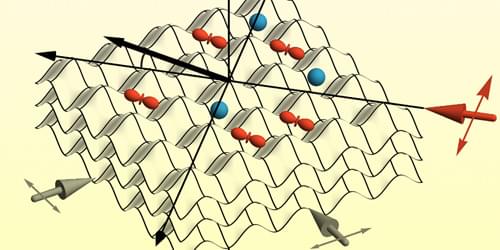
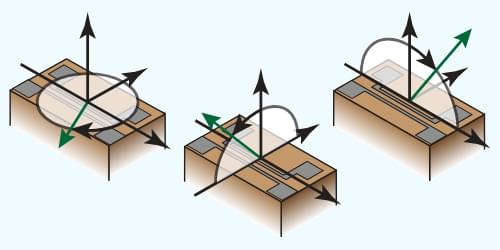
Spintronics relies on the transport of spin currents for computing and communication applications. New device designs would be possible if this spin transport could be carried out by both electrons and magnetic waves called magnons. But spin transport via magnons typically requires electrically insulating magnets—materials that cannot be easily integrated with silicon electronics. A way to bypass that requirement has now been found by Matthias Althammer at the Bavarian Academy of Sciences and Humanities in Germany and his colleagues [1]. The researchers say that this finding could have important implications for both spintronic applications and fundamental research on spin transport.
To demonstrate their concept, Althammer and his colleagues placed two magnetic, metallic strips—each hosting coupled electrons and magnons—on a nonmagnetic, insulating substrate. In the first strip, the researchers converted electron charge currents to electron spin currents. These spin currents were transferred first to the magnons in the same strip, then across the substrate to the magnons in the second strip, and finally to the electrons in the second strip. The researchers detected this spin transport by converting the electron spin currents in the second strip to charge currents.
Althammer and his colleagues studied how the spin transport between the two strips depended on temperature and strip separation. These measurements suggested that the transport was achieved via a magnetic dipole–dipole interaction between the strips. But the researchers could not rule out the possibility that it partly or mainly occurred via crystal vibrations in the substrate. Solving this open problem, which the researchers plan to do in upcoming work, will help in optimizing devices based on this principle.
